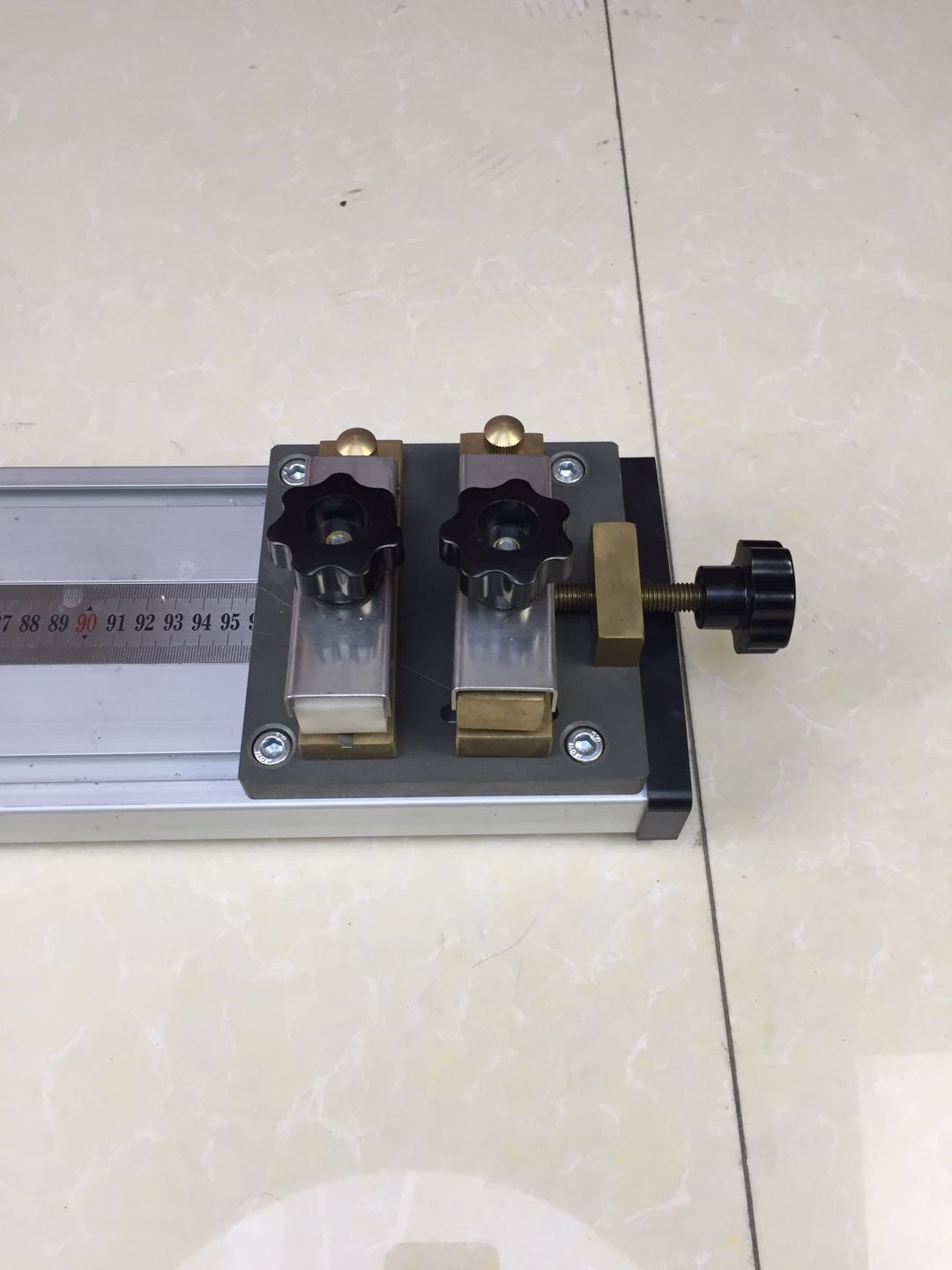Leading Companies in the Optical Measurement Instrument Industry and Their Innovations
The Evolution and Impact of Optical Measuring Instrument Companies
In an era where precision and accuracy are paramount in various industries, optical measuring instruments have become indispensable tools. These instruments play a vital role in metrology, allowing for reliable measurements in fields such as manufacturing, aerospace, telecommunications, and healthcare. The companies that specialize in producing these advanced optical measuring devices have undergone significant evolution, driven by technological advancements and the increasing demand for high-quality standards.
Understanding Optical Measuring Instruments
Optical measuring instruments utilize the principles of optics to capture and quantify the characteristics of an object. These devices can measure dimensions, angles, surface properties, and more, often with an accuracy that traditional measuring tools cannot achieve. Common examples include laser distance meters, optical comparators, coordinate measuring machines (CMM), and 3D scanning instruments.
These tools rely on light—be it visible, ultraviolet, or infrared—to take measurements. For example, laser technology can precisely determine distances by measuring the time it takes for a light beam to reflect back from a surface. This technology not only enhances accuracy but also speeds up the measurement process, which is crucial in high-paced production environments.
Key Players in the Market
The market for optical measuring instruments is populated by several key players, including well-established companies like Zeiss, Nikon Metrology, and Hexagon Manufacturing Intelligence
. Each of these companies has carved out its niche, focusing on innovation and quality.Zeiss, a stalwart in the optical realm, has been at the forefront of measurement technology since its inception. Known for their high-quality optical systems and measurement solutions, Zeiss caters to various sectors, including automotive, aerospace, and medical technology. Its commitment to research and development ensures that it continually pushes the envelope in measurement accuracy and product reliability.
Nikon Metrology, a subsidiary of the renowned camera and imaging company, has made significant inroads in the optical measurement space. They offer an array of solutions, from traditional CMMs to advanced 3D laser scanning systems. Nikon’s focus on integrating automation into measurement processes has enhanced efficiency, catering to the needs of modern manufacturing environments.
Hexagon Manufacturing Intelligence combines cutting-edge technology with data analytics, providing comprehensive measurement solutions that extend beyond simple dimensional checks. Their offerings include software tools that analyze measurement data, enabling companies to make informed decisions based on real-time insights.
optical measuring instrument companies

The Growth of Optical Measurement Technology
Advancements in technology have significantly impacted the optical measuring instrument market. The integration of artificial intelligence (AI) and machine learning algorithms into measurement systems has streamlined operations, making them smarter and more adaptable. For instance, AI can enhance pattern recognition capabilities in 3D scanning applications, allowing for quicker and more accurate comparisons between a scanned object and its digital model.
Moreover, the advent of miniaturization and micro-fabrication techniques has led to the development of portable optical measuring tools. These compact devices are revolutionizing field measurements, making it easier for engineers and technicians to conduct inspections on-site without compromising accuracy.
As industries face increasing pressure to reduce waste and improve quality, optical measuring instruments are becoming ever more critical. They enable businesses to adhere to international standards and regulations, thereby minimizing the risks associated with subpar products.
Future Directions
Looking ahead, the market for optical measuring instruments is expected to experience continued growth. The increasing complexity of modern products, particularly in industries like aerospace and medical devices, will drive demand for more sophisticated measurement solutions. Moreover, as the Internet of Things (IoT) gains momentum, the potential for interconnected measurement devices that provide real-time data is becoming increasingly viable.
Companies in the optical measuring instrument sector must remain agile and responsive to these evolving demands. Strategic partnerships, mergers, and acquisitions can play crucial roles in enhancing technological capabilities and expanding market reach. Furthermore, sustainability concerns are prompting manufacturers to develop eco-friendly materials and processes, aligning with global trends toward greener practices.
Conclusion
Optical measuring instrument companies are at the forefront of technological innovation, providing essential tools that enhance precision across various industries. With ongoing advancements and a growing emphasis on quality standards, these companies are poised for significant growth. As they continue to refine their technology and expand their offerings, the impact of optical measurement on manufacturing and quality assurance will only become more pronounced, ultimately contributing to a more efficient and reliable future.
-
Unleashing the Potential of Digital Profile Projectors
NewsMay.22,2025
-
Smoke Density Test Machines for Fire Safety Assessment
NewsMay.22,2025
-
Revolutionizing Testing with Electronic Tensile Tester
NewsMay.22,2025
-
Innovations in Resistance Test Equipment
NewsMay.22,2025
-
Exploring High Performance Cable Cross Linking Equipment
NewsMay.22,2025
-
Advancements in Conductor Resistance Test Equipment
NewsMay.22,2025
 Copyright © 2025 Hebei Fangyuan Instrument & Equipment Co.,Ltd. All Rights Reserved. Sitemap | Privacy Policy
Copyright © 2025 Hebei Fangyuan Instrument & Equipment Co.,Ltd. All Rights Reserved. Sitemap | Privacy Policy
